The NIST (National Institute of Standards and Technology) cybersecurity framework is a set of cybersecurity standards that were established by the US government to improve organizational cybersecurity programs across all industries. The framework helps IT (Information Technology) teams identify and detect possible cyber threats and provides the recommended actions to take to respond, prevent, and recover from a cyber incident.
Table of Contents
The Value of NIST
Due to its outcome-based approach, NIST can apply to vertically any sector of business and situation you find yourself in. Whether you are just getting started in establishing a cybersecurity program or you are already running a mature one, NIST can serve as a valuable reference for you.
The 5 Functions of the NIST Cybersecurity Framework
The five core functions of NIST are to identify, protect, detect, respond, and recover. Let us look at each function in more detail.
1. Identify
The NIST Identify function will lay the groundwork for your cybersecurity actions moving forward. In this function, you will determine what IT environments exist and what risks are associated with those environments.
As part of the Identify function, you will develop the understanding needed to manage cybersecurity risk to IT systems, assets, and data. Successful implementation of this function will lead you to have a firm grasp of your current assets, what vulnerabilities might exist, and what your plan will be to mitigate those risks.
Steps included:
- Identifying your IT assets (physical and software) to establish the basis for an IT management program.
- Identifying currently established cybersecurity policies and identifying necessary legal/regulatory industry-based requirements.
- Identifying vulnerabilities, threats to IT resources (internal and external), and any risk response activities.
- Establishing a cyber risk management strategy.
2. Protect
The Protect function of NIST outlines the appropriate safeguards necessary to ensure the protection of your critical IT infrastructure. This function works to limit or contain the impact of a cybersecurity event on your technology.
Utilizing certain mitigations such as access control, cybersecurity awareness training, identity management, data security, and software updates are just a few of the many protections that you can implement as part of this process.
Steps include:
- Multi-layered protection for your IT infrastructure.
- Educating staff through cybersecurity awareness training.
- Maintaining confidentiality, integrity, and availability of your business information and data.
3. Detect
The Detect function of the NIST framework is critical to both security and your business success because the faster a cyber event is detected and dealt with, the less damage it will cause.
As part of the Detect function, you will define the necessary steps needed to identify suspicious activity within your IT systems and network infrastructure. This function will include managing a baseline of your IT operations (and expected data flows) for users and assets, analyzing detected events, and collecting event data.
Steps include:
- Detecting malicious code, unauthorized users, and other vulnerabilities.
- Continuous monitoring of cybersecurity events, verifying network security.
4. Respond
The Respond function of NIST involves implementing the appropriate activities to act when a cybersecurity incident is detected and how to effectively manage the risk associated. As part of this function, you will also want to determine the impact the cyber incident had on your business.
Steps include:
- Timely responses to detected cybersecurity events.
- Delegating recovery activities and tasks.
- Prevent any expansion of cyber events, mitigate effects, and eradicate the incidents.
- Incorporate lessons learned from current and previous activities to improve responses.
5. Recover
The Recover function of NIST will ensure that you have a recovery plan in place so that if a breach occurs, then you can stay on track to achieve quick restoration of operations, repairing any loss of function.
Steps include:
- Restoring systems and/or assets affected by cybersecurity incidents.
- Coordinating internal/external communications during and following the recovery from a cybersecurity incident.
How KT Connections Can Help You Implement NIST
Implementing NIST for your business can be a challenge if you have no experience doing so. However, despite the challenge, following the NIST guidelines can be well worth your while. These NIST functions will ensure continuous compliance and support communication between your technical and business-side stakeholders.
Given that NIST is based on outcomes rather than specific controls, it allows organizations to build from a solid foundation and supplement to achieve compliance with new regulations as they emerge. The core functions: identity, protect, detect, respond, and recover; aid businesses in their effort to spot, manage and counter cybersecurity events at a prompt pace.

